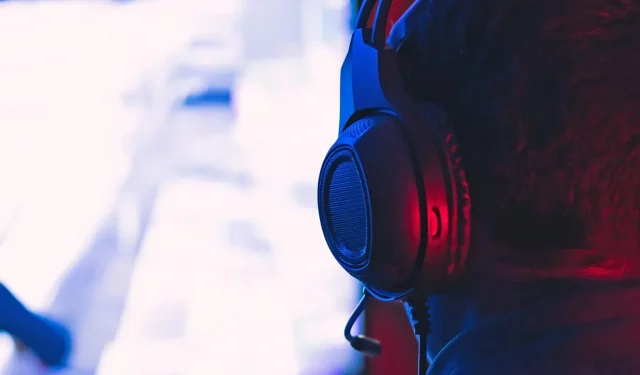How to stream live video game sessions depending on the platform

Want to start streaming games but don’t know where to start? We will tell you everything, depending on the gaming platforms and streaming platforms.
Regardless of your platform, there is always the option to stream your gaming sessions online today. At first glance, this may seem complicated to set up, but it’s actually quite simple. Below are the different possibilities depending on the platform. You’ll also have to choose which platform to stream on – Twitch and YouTube are two of the most popular titles – but this often depends on the device you’re playing on.
WindowsPC
The preferred Windows PC software is OBS Studio. It’s free, open source, and manages everything from the microphone to the camera to connecting to streaming platforms. Streamlabs, Logitech’s customized version of OBS Studio, is a good alternative, especially if you’re just getting started. It offers similar features for free along with some more advanced creator tools, but with an Ultra subscription for $19/month. If you absolutely want to stream on Twitch, there’s also Twitch Studio, which is still in beta at the time of this writing. Simple and effective for beginners and advanced streamers alike, and the integration with Twitch is flawless.
With one of these tools installed, you’re all set. You don’t need anything else – Stream Deck is a nice addition. but to handle the extra recording and encoding load on your screen, you need a fairly powerful CPU and GPU. Professional streamers often use a second PC for this in order to maintain the best performance during their games.
Sony PlayStation 5
Your options are a little more limited on consoles. For PS5, open Settings from the Home screen, select Users & Accounts, then Link to other services. There, select the platform of your choice and enter your credentials.
After launching the game of your choice, press the “Create”button (on the top left of the DualSense controller, with three small vertical lines above it) and select “Stream”to see the different platforms. Before broadcasting, you will be prompted to name the session, and the three-dot button will give you access to many options. These options are also found directly in the PS5 settings. While broadcasting, you will also see a small window on the screen with important statistics such as session duration and number of viewers. You can end your broadcast from the same screen.
Another possibility is to stream your PS5 from PC using one of the programs mentioned above. This requires an internal or external capture card, such as AverMedia products, to capture your PS5’s output and use it with your PC software. It’s a slightly more complex setup, but you’ll have more flexibility for your PS5 streams.
Xbox Series X|S
Live streaming from an Xbox Series X or S is very easy if you stick with Twitch. The store has a dedicated app available directly from the Xbox home screen. Feel free to spend some time on the options before you go live. You can adjust the microphone levels, determine the area where the broadcast bar will appear on the screen, select the output resolution, etc.
You can start a session from the Twitch app. Just select “Start Broadcasting”(bottom left). Another option while playing is to press the Xbox button on the controller, then Capture and Share, Live, then the Twitch app. If you are logged in, select “Start Live Now”.
As for al PS5, it is possible to go through the PC, through the acquisition card. We’ve already mentioned AverMedia products, so this time we’ll talk about the Elgato 4K60 Pro and Elgato HD60 X. The Xbox release goes to a card that goes to PC. Consider additional options.
Nintendo Switch
The Nintendo Switch doesn’t have a live streaming option natively, so you’ll need to use a capture card like the one we mentioned in the PS5 and Xbox Series X|S sections, or even use a Genki Shadowcast, for example . You will also need a switch with a docking station and an HDMI output. Then not the Nintendo Switch Lite.
When your Switch is docked, you can connect the dock’s HDMI output port to a capture card. A USB cable is needed to connect the board to a computer, and another optional HDMI cable to connect to a TV, unless you’re having trouble viewing the game through Windows.
Then just set up the software. Since you’re on a Windows PC, you’re spoiled for choice in your broadcast platform, microphone and webcam, overlays, and all the options offered by solutions like OBS Studio or Streamlabs.
External capture cards like the Razer Ripsaw HD are the most convenient option for most people as they don’t require you to open your PC, meaning you can play on a screen other than Windows. Internal options can be more powerful and more stable if you have a PC that supports them, of course.
Leave a Reply